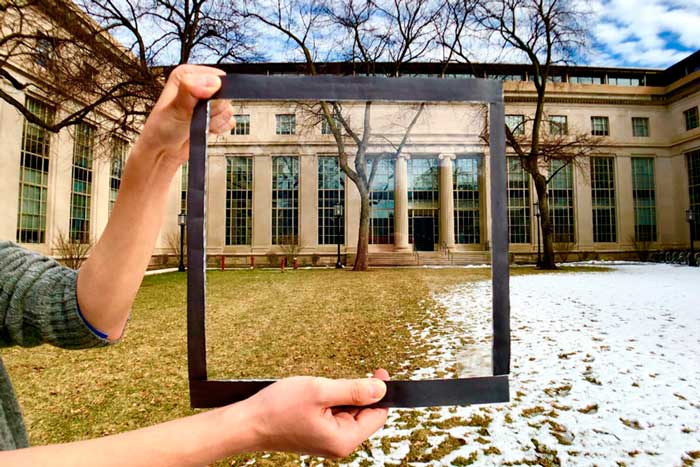The problem of climate change is quite serious, and the use of air conditioning during the heat adds even more carbon dioxide to the atmosphere. Researchers from the Massachusetts Institute of Technology and the University of Hong Kong have experimented with existing window films to make their own, more effective see-through film.
It remains very transparent up to +32°С, but at higher temperatures, it acquires a matte appearance. As a result, up to 70% of the sun rays are reflected, reducing the room temperature in the hot season. At the same time, the electric power necessary for the conditioner is saved.
For better thermal insulation, scientists have inserted tiny spheres filled with water into the polymer material of a standard window film. At high temperatures, the spheres begin to shrink, causing the polyfibers to converge. This gives the glass a matte appearance, blocking up to 70% of the incoming heat without reducing the illumination.
Such films have been tested before, but they did not block the heat very well. A group of scientists from the MIT and Hong Kong came to the conclusion that, in order to improve the efficiency of the film, water-filled bubbles should be increased to 500 nanometers to match the wavelength of infrared light, which is responsible for most solar heating.







